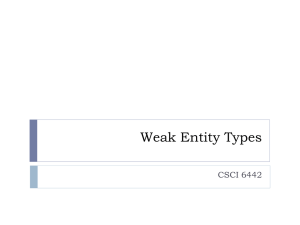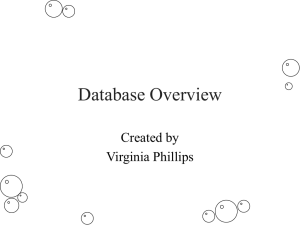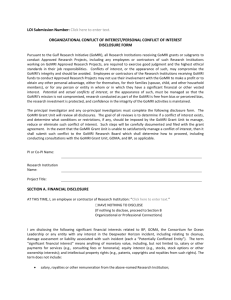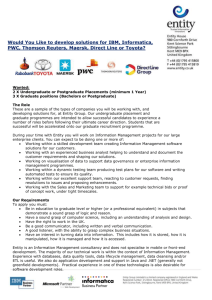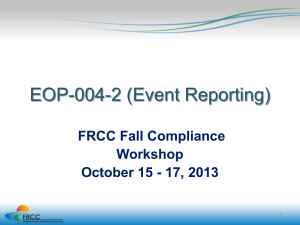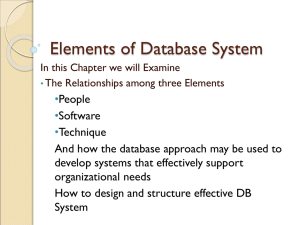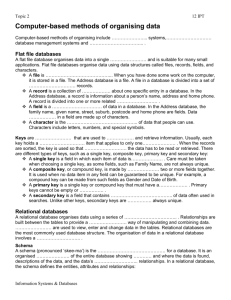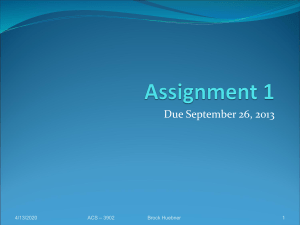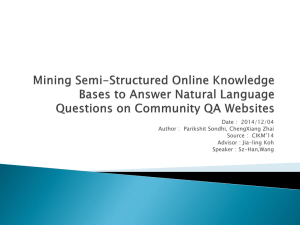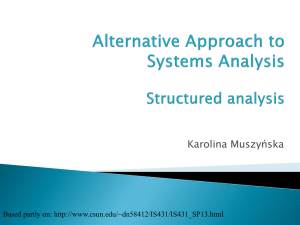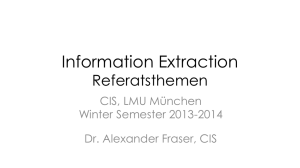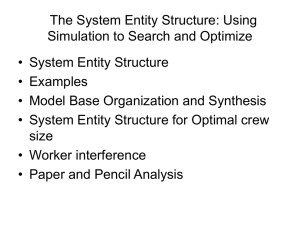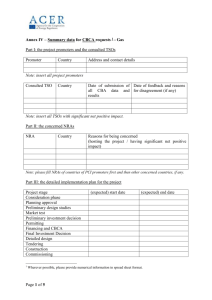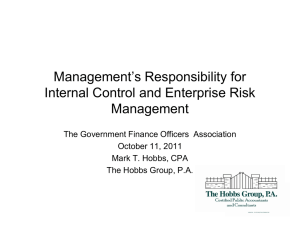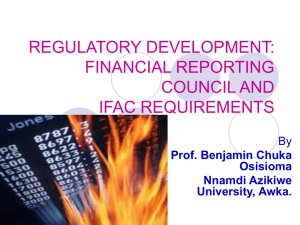Java Persistence API
advertisement
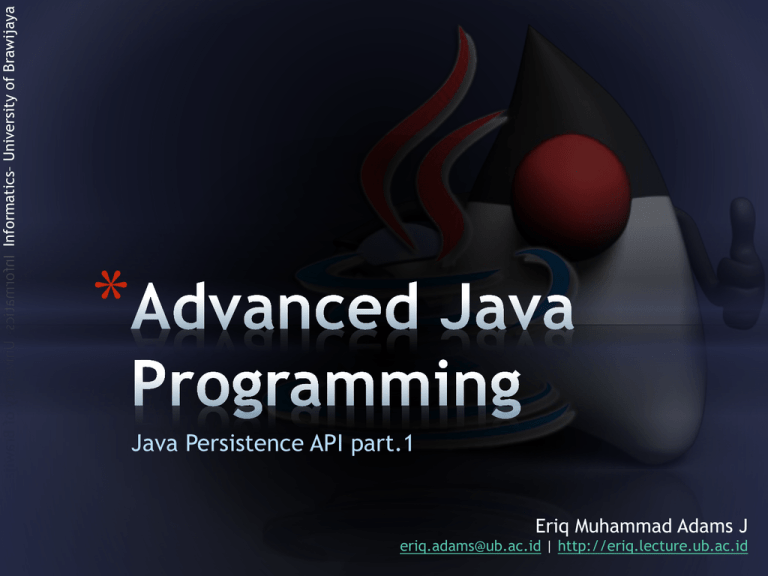
Informatics– University of Brawijaya * Java Persistence API part.1 Eriq Muhammad Adams J eriq.adams@ub.ac.id | http://eriq.lecture.ub.ac.id * O/R Mapping * Primary entity annotations * EntityManager * Entity Relationships * Practice Java Persistence API POJO Forward Engineering Reverse Engineering Database Table * @Entity. Mark class as an entity * @Id. Define primary key * @EmbeddedId. Define composite key * @Table(name=“TABLE_NAME”). Define table name for entity class. * @Column. Define column property. * @Transient. Ignored by persistence framework. * @GeneratedValue,@SequenceGenerator. Autopopulate column with sequence generator. * Maintains a cache of instances within a transactional context (persistence context) *We can acquire EntityManager instance using : Dependency Injection EntityManagerFactory JNDI Lookup * Operations : persist(), merge(), remove(), find(), createNamedQuery(), createQuery() * Persistence unit is declared in persistence.xml * @OneToOne. One to One is represented by a single-value entity reference at one or both ends of the relationship * @OneToMany. This annotation is added to a Collection relationship field. * @ManyToOne. Indicating that is an entity is part of a Collection * @ManyToMany. This annotation is assigned to a Collection relationship field to indicate the target entity also has a Collection of the source entity type. * Lazy vs Eager Binding * Cascade (ALL, PERSIST, MERGE, REMOVE, REFRESH) * You can get entity beans by reverse engineering with Netbeans IDE. * Demo in JPA1Demo.zip * Beginning EJB 3 Application Development, Apress




